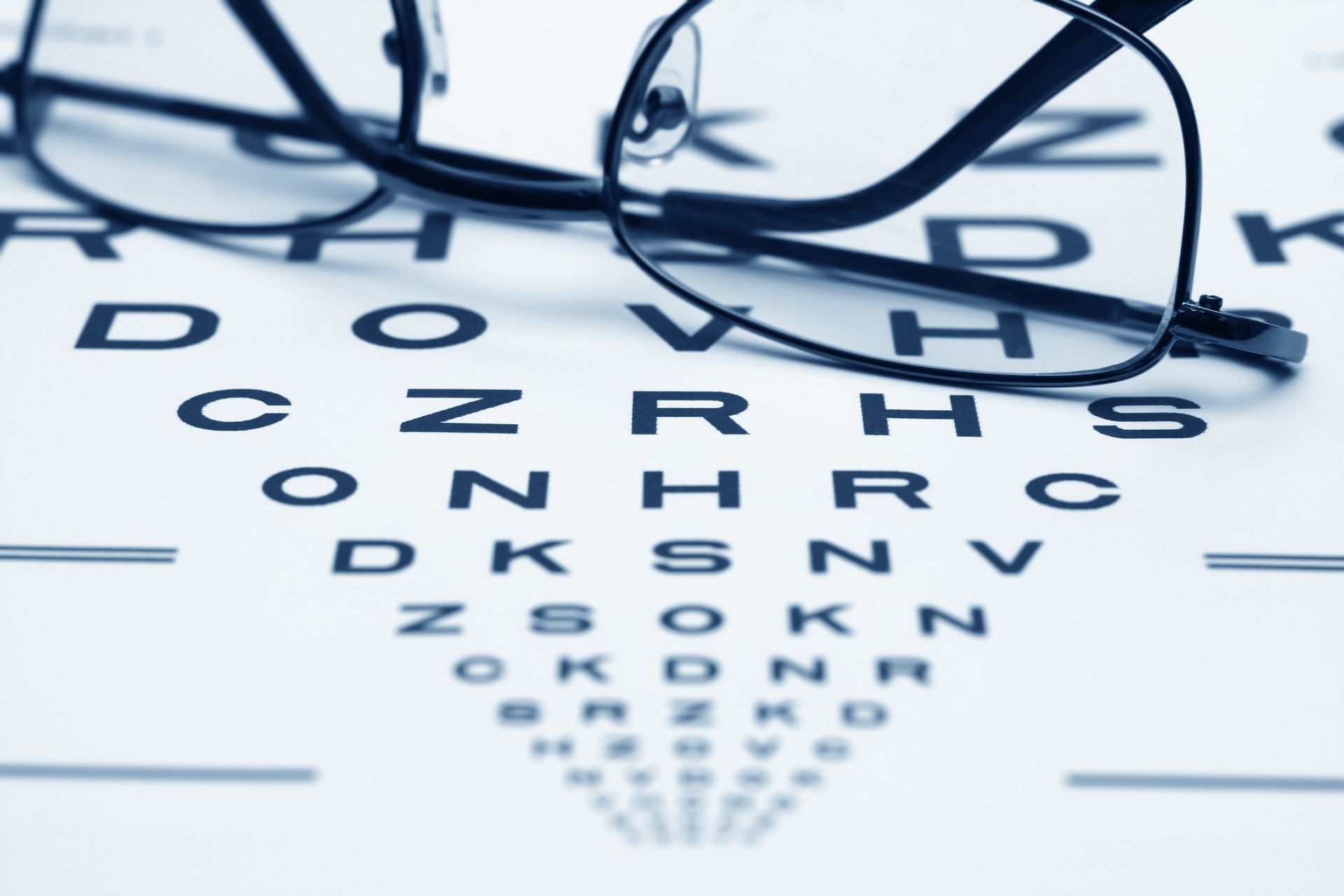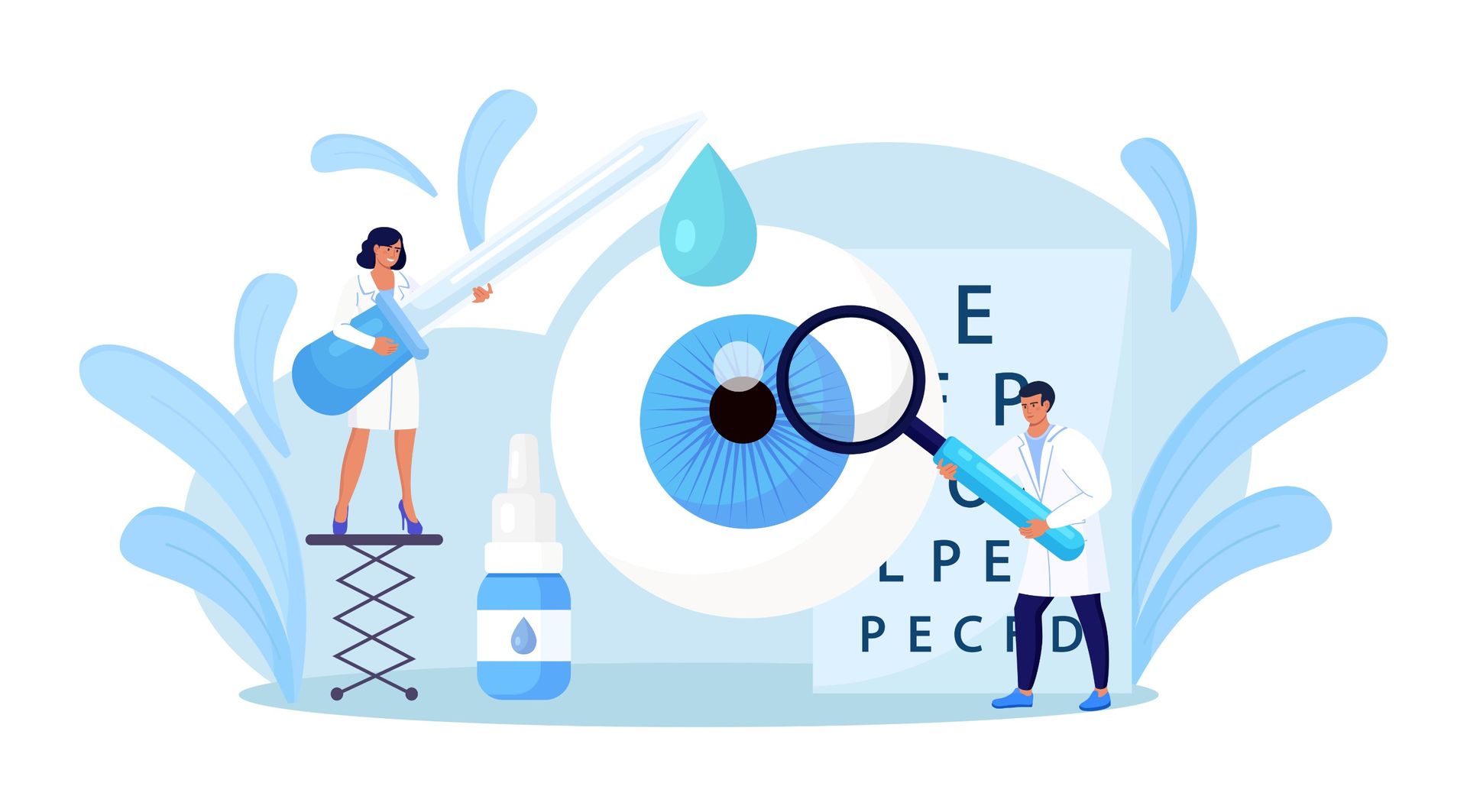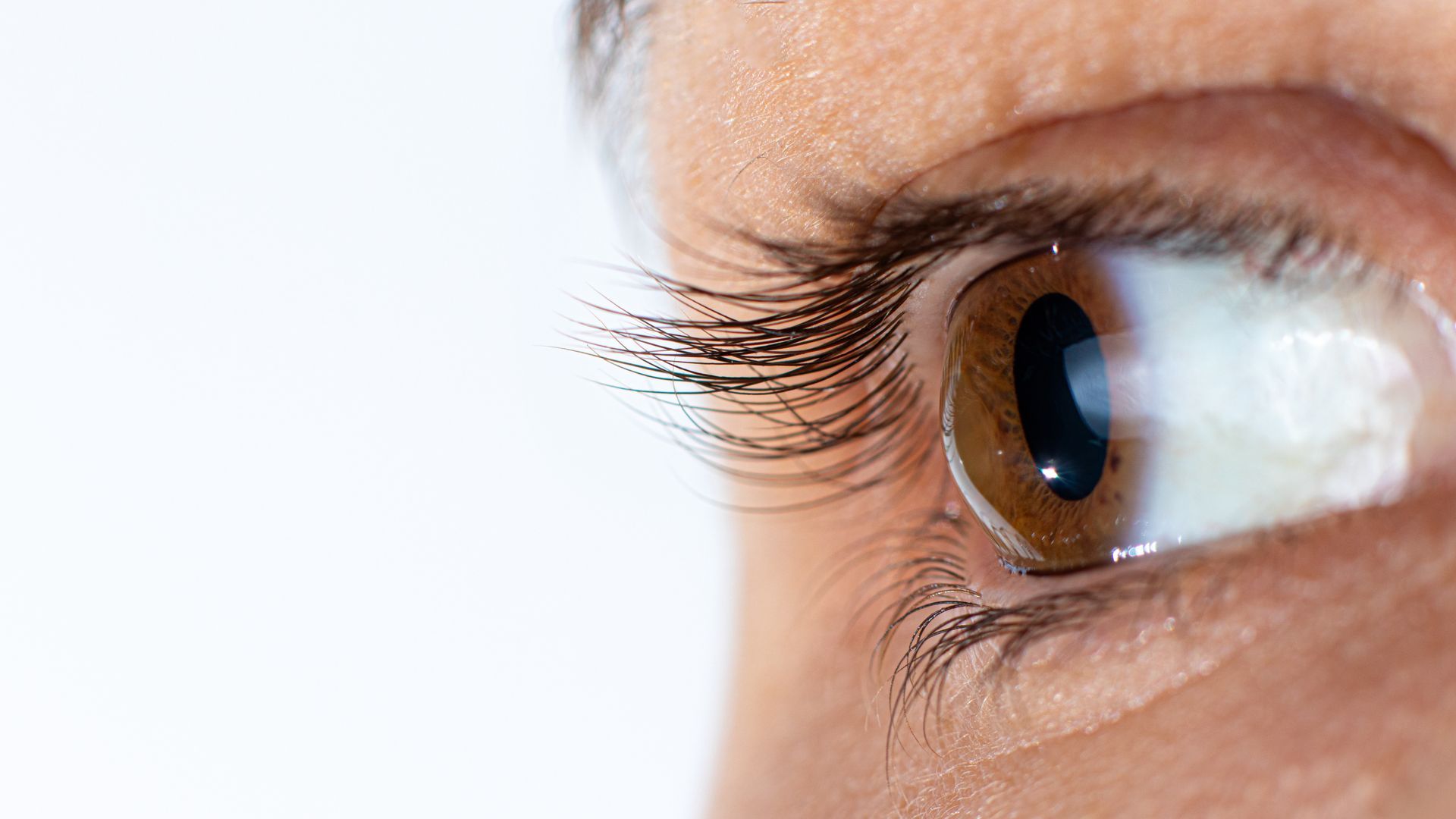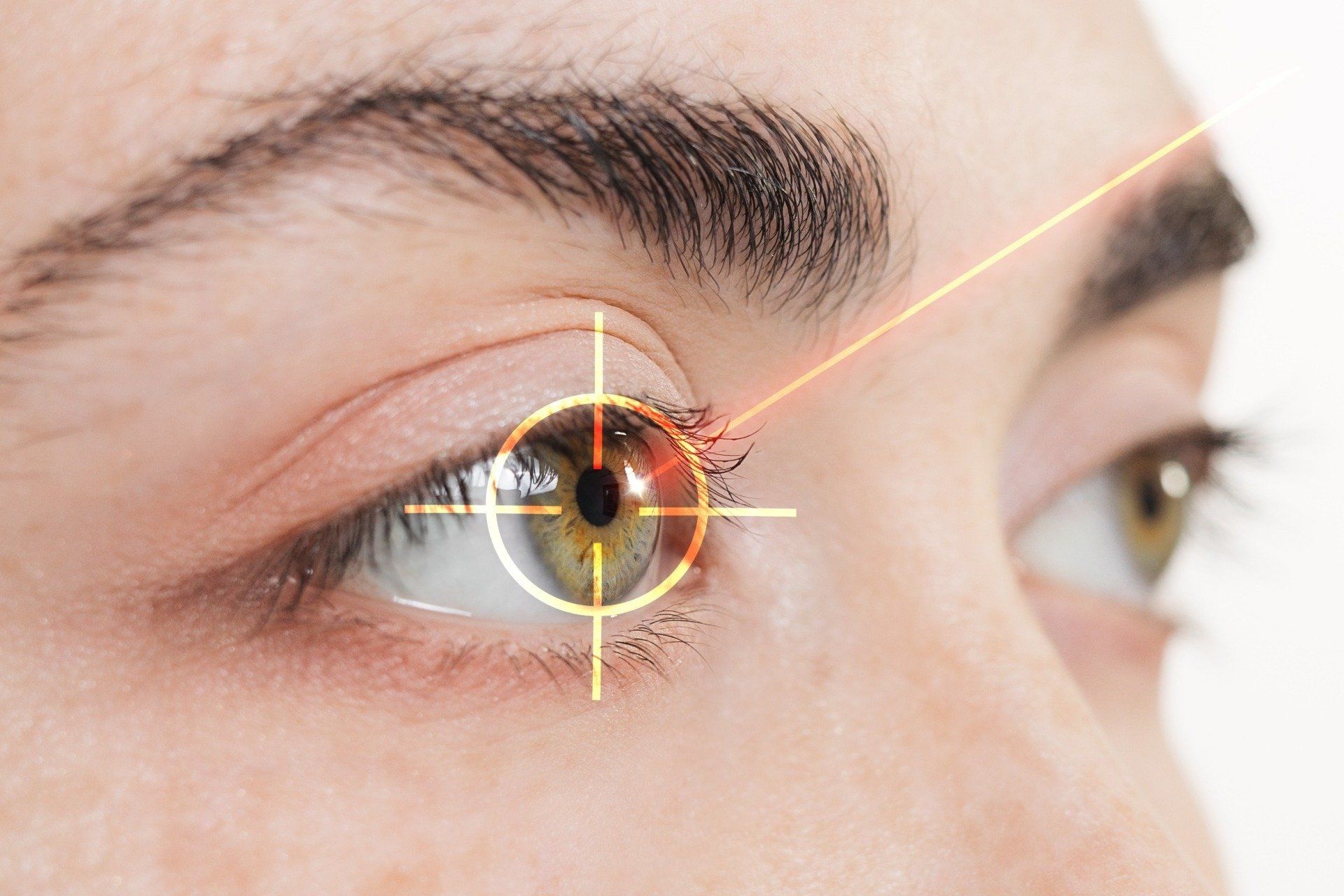How Long Does LASIK Last?
More than 157 million people worldwide are living with impaired vision as a result of uncorrected refractive errors – whether it be nearsightedness (myopia), farsightedness (hyperopia), or astigmatism. This is quite surprising, considering how treatable refractive errors are today.
Refractive errors are caused by an abnormally-shaped eye, which prevents light from focusing (refracting) properly onto the back of the eye (also known as the retina). When this happens, individuals will experience blurred vision – either with distant objects, near objects, or both.
While refractive errors can heavily impact an individual’s ability to live a happy, healthy, and rewarding life, LASIK eye surgery provides long-term relief without the use of eyeglasses or contact lenses – in fact, some will notice an improvement in vision for the rest of their life.
What is LASIK Eye Surgery?
LASIK, also known as laser-assisted in-situ keratomileusis, is a form of vision correction surgery that fixes refractive errors – nearsightedness, farsightedness, and astigmatism. It has been an FDA-approved treatment since 1999 and has been performed more than 10 million times.
It’s often viewed as an alternative to eye glasses and/or contact lenses, allowing people to achieve improved vision without the use of a prescription. In fact, studies suggest that nearly 99% of LASIK patients experience improved vision and 90% achieve 20/20 vision or better.
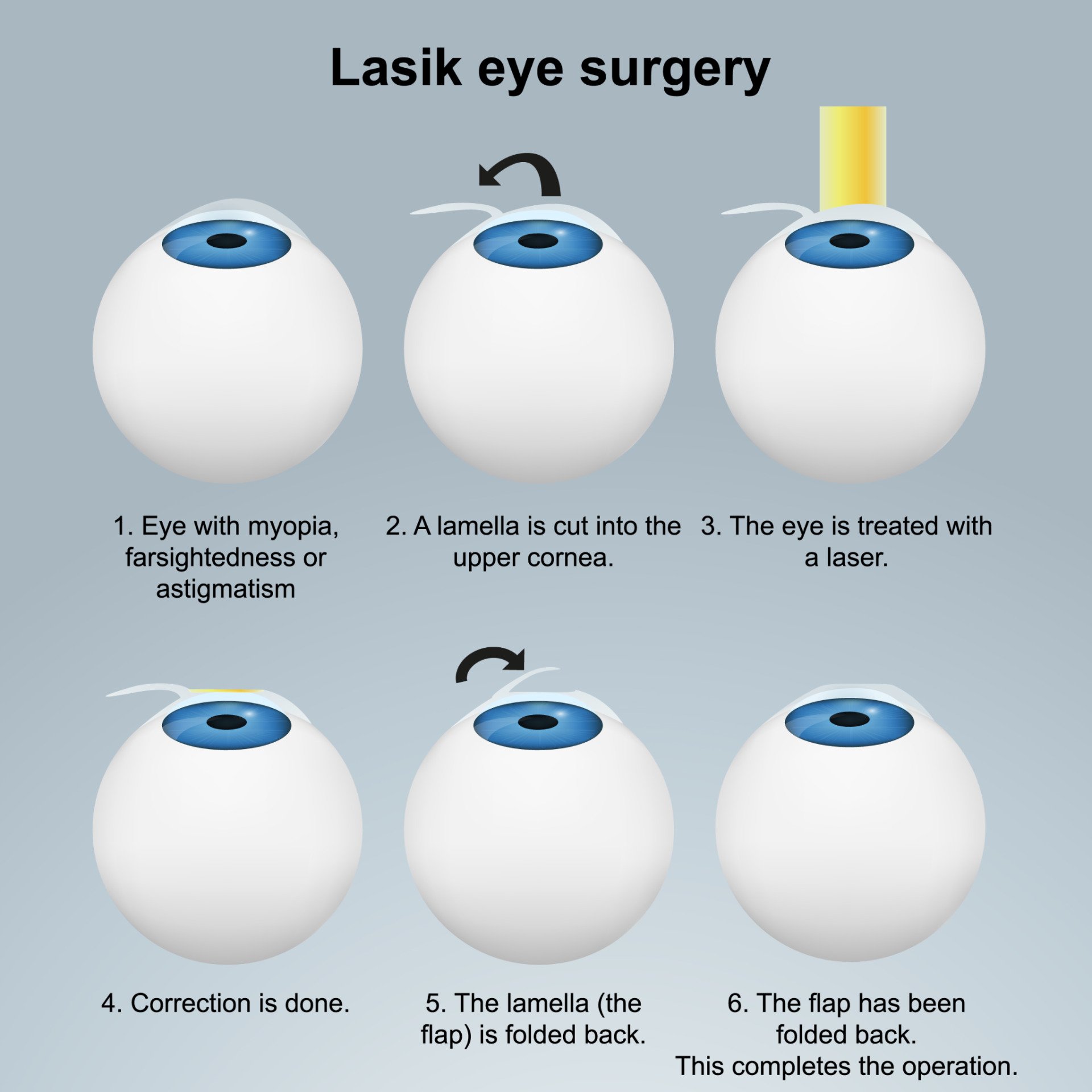
How Does LASIK Work?
Since refractive errors are caused by an abnormally-shaped cornea, the entire goal behind LASIK surgery is to reshape the cornea. Where glasses and contacts only temporarily solve the vision impairment, LASIK aims to correct the underlying problem for a more permanent fix.
LASIK surgery generally begins with your eye doctor applying numbing drops to the eye. Once the eyes are numb, the surgeon makes a small, 20mm incision (known as the corneal flap) and then uses an excimer laser to reshape the cornea by removing tiny pieces of corneal tissue.
Once the cornea is reshaped, light can focus onto the retina properly – which is important because the retina converts those light rays into an electrical signal. The signals are sent to the brain via the optic nerve, where it’s converted into an image – this is where vision comes from.
Is LASIK Surgery Temporary or Permanent Vision Correction?
LASIK surgery is often viewed as a permanent solution to refractive errors and while a strong majority of people experience lifelong improvement, there are a few exceptions that might call for further correction. Once corrected, the patient will once again experience improved vision.
With that said, it’s important to note that the effects of LASIK are permanent – meaning the changes made to the cornea can’t be undone. In some rare cases, anatomical changes to the eye can cause vision impairment in the future, which might require LASIK enhancement surgery.

How Long Does LASIK Take?
When most people hear the term ‘surgery,’ they immediately picture themselves on a surgery table for several hours while surgeons do what they do best. If that’s what you’re picturing when you hear the term ‘LASIK eye surgery,’ then take a deep breath because it’s not that bad at all.
In fact, the LASIK procedure only takes approximately 10 minutes per eye and since the doctor can perform surgery on both eyes in the same day, most patients are done within 30 minutes. With numbing drops, there’s no pain involved – though minor discomfort is normal after surgery.
What’s even more surprising is that many patients notice an improvement in vision immediately. In fact, most patients can resume normal activities in as little as 1-2 days after surgery – though the eyes aren’t fully healed for another 3-6 months. Still, the results are worth the recovery time.
How Much Does LASIK Eye Surgery Cost?
LASIK eye surgery can cost anywhere from $1,000 to $3,000+ per eye, with the national average being about $2,200 per eye. This might seem like a steep expense, but it’s a one-time cost that covers everything – pre-surgery care, the surgery itself, and post-surgery care.
Let’s take a look at some of the most prominent factors that play a role in the cost of LASIK:
- The current condition of the eyes
- The extent of refractive error in the eye
- The technology and techniques utilized by the surgeon
- How experienced the surgeon is
- Where the surgeon’s office is located
- The extent of post-surgery care or treatment
- Whether or not an enhancement procedure is needed
When compared to the ongoing cost of maintaining reading glasses (which often break) or contact lenses (which don’t last forever), LASIK is a much cheaper option. The only downside is that LASIK surgery isn’t covered by insurance – it’s viewed as a cosmetic and elective procedure.
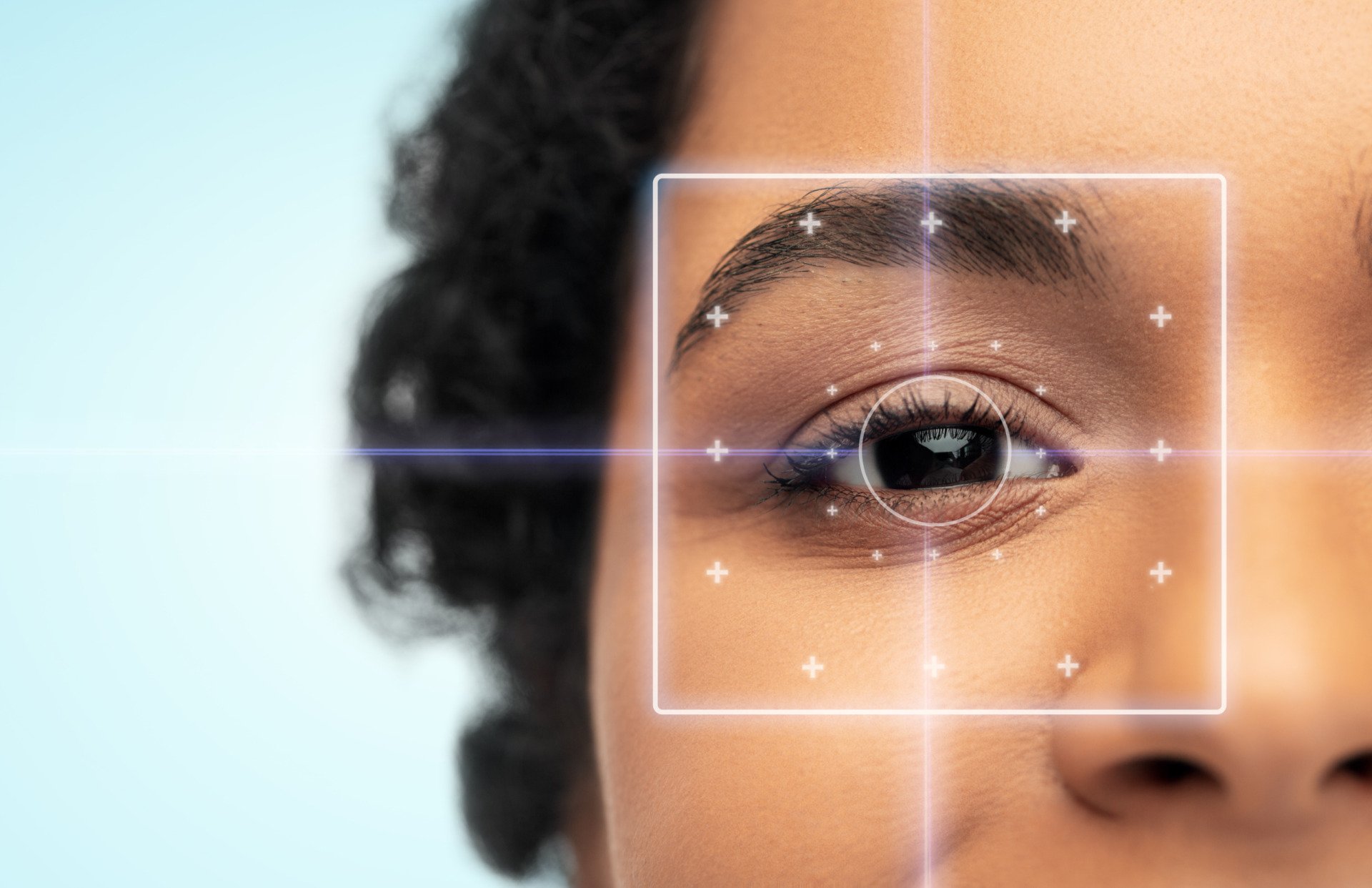
Are You a Good Candidate for LASIK Eye Surgery?
In order to be a good candidate for LASIK eye surgery, there are several requirements that must be met. For example, no one under the age of 18 can undergo LASIK surgery – largely because your eyes, eyesight, and vision are still changing. Having it too early can create even more vision problems.
Here’s a look at some of the other qualities that make someone a good candidate for LASIK:
- Patients must be in good health – not just eye health, but overall health and wellness
- Patients must have a clear need for the surgery
- Patients must have a stable eye prescription
- Patients should be free of dry eye syndrome
- Patients must have the proper corneal thickness
- Patients can’t be pregnant or nursing
For those that are a candidate for refractive surgery, it’s worth considering when you take into account the improvements it’ll make to your vision. For those that aren’t a quality candidate, don’t panic – there are alternative ways to improve your vision and they don’t all require corrective lenses.
Contact Holly Springs Eye & Laser Today!
Are you interested in learning more about LASIK? Do you believe you’re a good candidate for laser vision correction? Are your refractive errors starting to impact your ability to live a happy, healthy, and rewarding life? If you answered ‘yes’ to either of those questions, contact us right away!
At Holly Springs Eye & Laser, we take pride in serving our patients through the entirety of the LASIK process. From start to finish, our dedicated staff will stand by your side. To get started, call or text us at 919-689-8920, email us at hello@hollyspringseyeandlaser.com, or fill out our online form.New Paragraph





